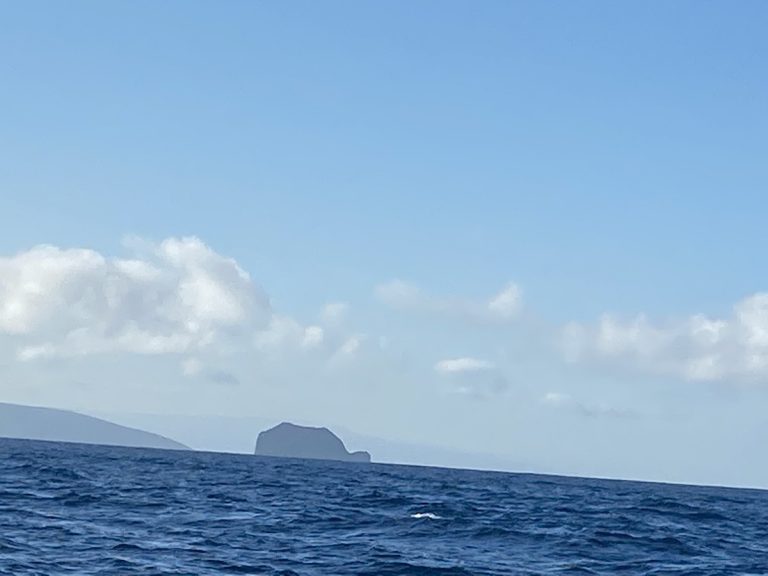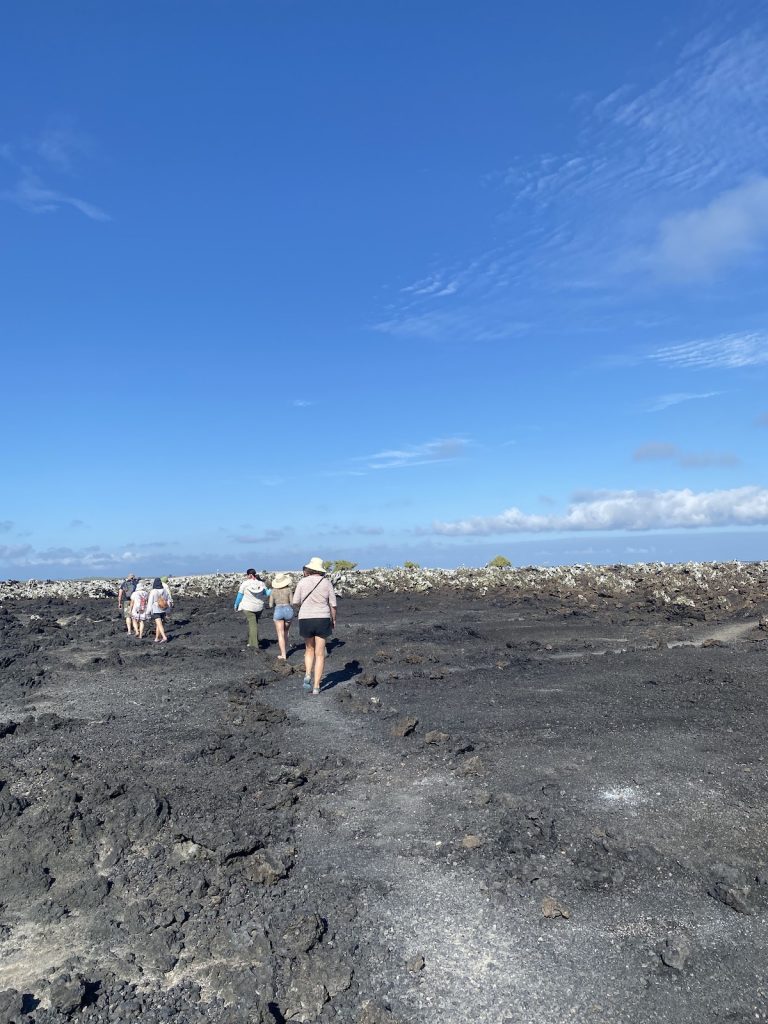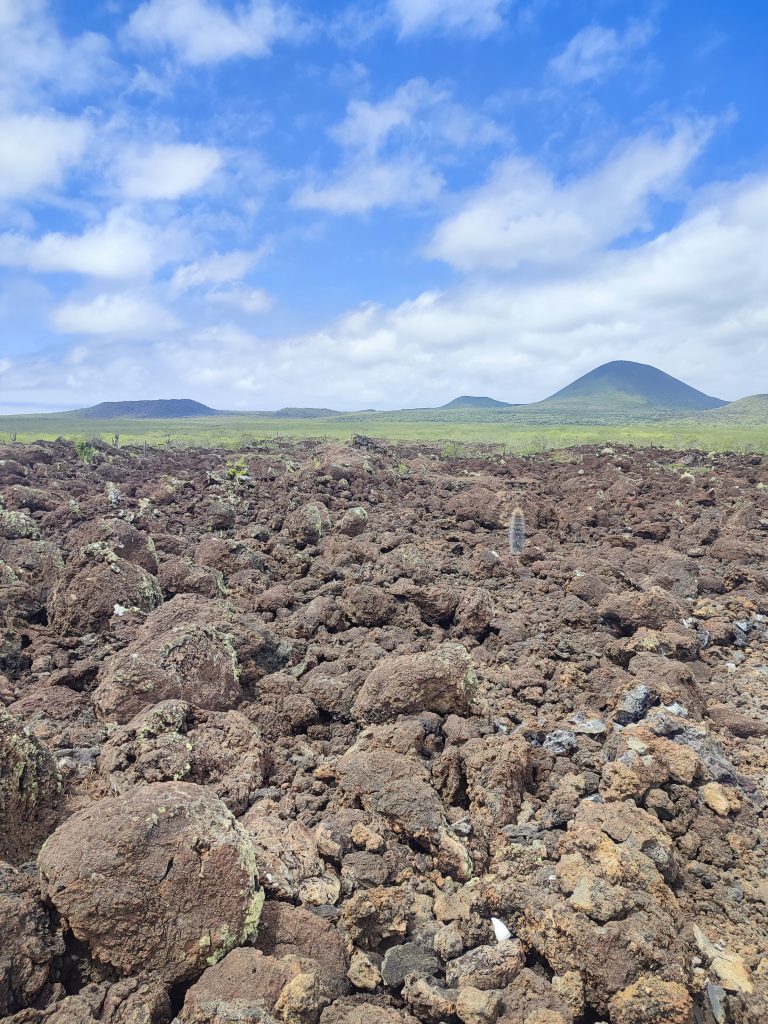The Galapagos archipelago is surrounded by plenty of water bodies. These water bodies have an oceanic system, which is as fascinating as the islands.
In this post, we have gathered information about the Galapagos’ ocean system, including facts about the surrounding bodies of water.
The Galapagos Ocean Currents
Sea currents are the driving force behind the ocean’s status as the most dynamic system on the planet. These water streams flow between steady waters or opposed to other sea flows.
They do not mix with the surrounding water because each current has unique properties such as salinity, temperature, and viscosity.
Three significant ocean currents influence the oceanic system around the islands. These currents are:
- The Humboldt Current,
- Panama Current, and
- Cromwell Current.
The Humboldt Current
The Humboldt Current is a cold South Equatorial Current that flows west into the Galapagos Islands. This current flows up the entire South American coast, traveling north from the lower temperatures of Antarctica and then west as it reaches the Equator.
The Panama Current
The Panama Current approaches from the north, bringing warmer waters to the Galapagos Islands. This current originates in Central America and is less nutrient-dense than the Humboldt.
The Crowell Current
The Cromwell Current is a Pacific Equatorial Undercurrent that travels approximately 300 feet west to east along the Equator. It is a very deep-sea current that transports nutrients from the deep sea to the water’s surface. When the Cromwell Current reaches the Galapagos Islands, an upwelling brings more chilly, nutrient-rich water.
Upwelling in Galapagos Islands
The upwelling of nutrient-rich water from the deep ocean is one of the most distinctive features of the Galapagos oceanic system.
The different currents mentioned above, together with the Coriolis effect, cause a rush of cold water from extremely deep to be transported up to the top layer of the water surface.
The Earth’s eastward rotation causes the Coriolis effect and causes air and water to deflect relative to the solid Earth below.
The Galapagos Islands’ Marine Life
The Galapagos Marine Reserve, which encompasses an area of approximately 130,000 square kilometers, is one of the most essential aspects of the Galapagos marine system.
The reserve was formed in 1998 to safeguard the islands’ unique maritime environment. It is home to many marine creatures, including sharks, rays, sea turtles, and other fish. These marine wildlife benefit from the oceanic system of the Galapagos.
The Humboldt Current transports nutrients, and while it is there all year, it is most active from June to November. Nutrients feed plankton and plants, and the entire ecosystem evolves from there.
Furthermore, the Cromwell Current is home to a high amount of fish, and this food supply is very significant to the Galapagos penguins. They are the only penguin that can be found north of the Equator. To deal with the irregular character of the Cromwell Current, the Galapagos penguin has evolved many adaptations.
Many local communities rely on the rich marine life of the Galapagos Islands for a living. Overfishing, on the other hand, has become a significant worry in recent years as global demand for seafood has expanded. The Galapagos Marine Reserve has strong fishing laws in place to safeguard the marine ecosystem and maintain sustainable fishing methods.
Effects of El Niño in the Galapagos Islands
El Niño is the opposite of the normal conditions in the Galapagos Islands, which also influences weather all across the world. The Humboldt Current is affected by El Nino. Cold-water currents are displaced during the El Nino period.
When upwelling ceases, ocean temperatures rise, causing cold water species to migrate or dive deeper. This event causes warmer ocean currents from Central America to reach the Galapagos Islands. It also affects the weather of the islands.
Because of the Humboldt Current’s importance to the Galapagos ecology, fewer nutrients reach the Galapagos, triggering a food chain catastrophe. Hence, this situation puts species at risk.
Conclusion
Visiting the Galapagos Islands provides a wealth of fascinating information. According to what we’ve learned, the Galapagos oceanic system is one-of-a-kind and vital to the ecosystem. The wide variety of marine animals relies on this ocean system.
The ocean around the islands is full of unique characteristics worth researching and safeguarding, ranging from seamounts to upwelling zones. As visitors, we must do our part, even if it is tiny, to preserve the Galapagos Islands’ natural treasures.




